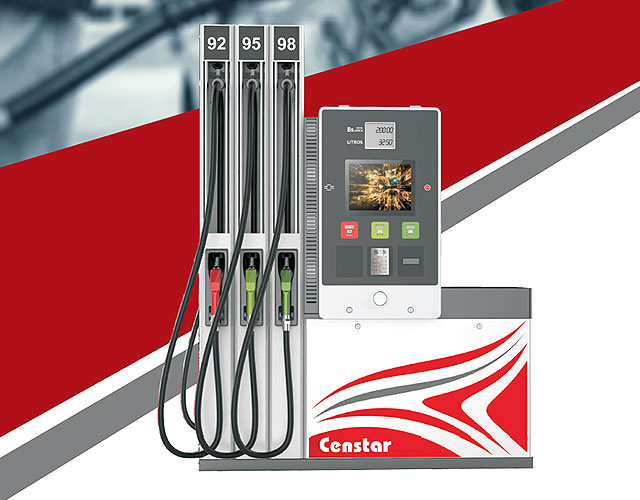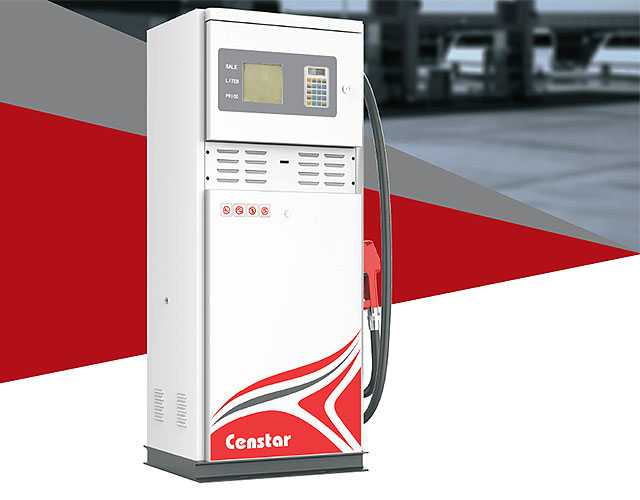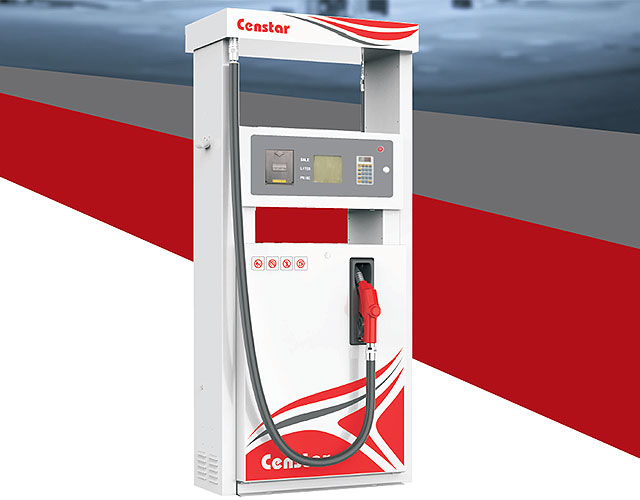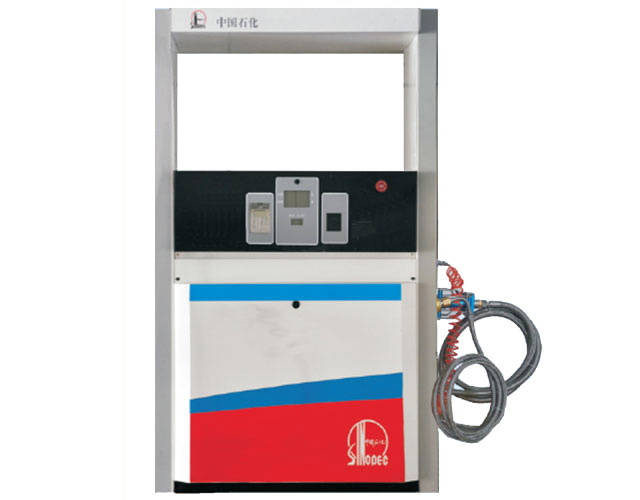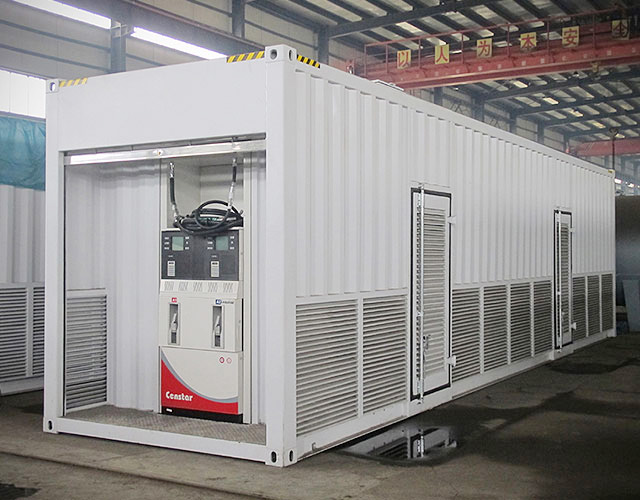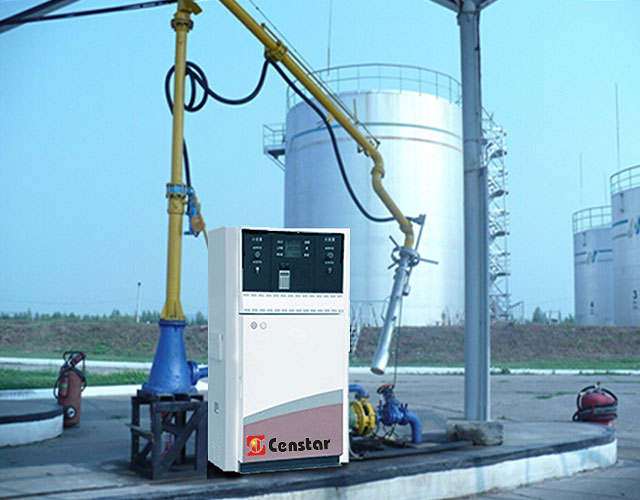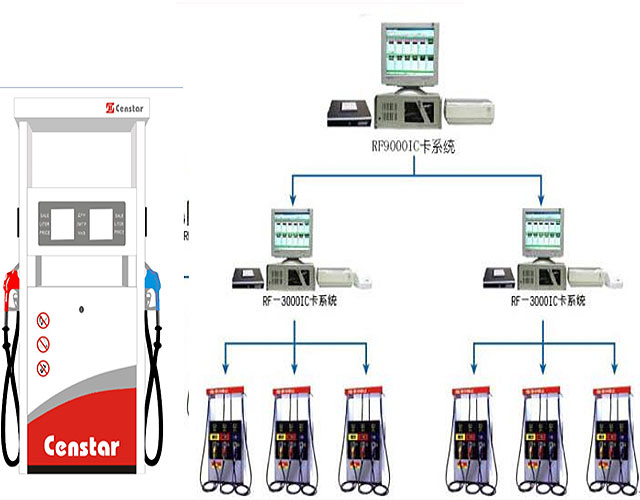vehicle vapour recovery system

Damaged Vapor recovery system? Car Talk Community
Seriously, yes, you have a problem with your vapor recovery system. Yes, it’s possible that you saturated the charcoal bed, although I’d expect other symptoms too. It’s also possible that your vapor return from the fill pipe edge to the tank is plugged or the line kinked.

Gas Stations and Bulk Terminals Air Protection Branch
Gasoline Vapor Recovery is the system used to capture vehicle refueling emissions transporting the vapor back to the tank and collecting them during fuel delivery to the gasoline dispensing facility. The system recovers at least 95% of the emissions at gasoline dispensing facilities during gasoline drops.

Transportation Fuel Delivery Parker Hannifin
Bottom Loading Vapor Recovery systems allow fuel tankers to be filled more quickly and the harmful vapors are recovered and are not allowed into the atmosphere, meeting and exceeding environmental standards. B.L.V.R. Systems reduce the occurance of single point leakage during the initial installation and the subsequent service life of tanker vehicles.

Repair Guides Components & Systems On board
Once the refueling vapors are captured by the canister, the vehicles computer controlled purge system draws vapor out of the canister for the engine to burn. The vapors flow is metered by the purge solenoid so that there is no or minimal impact on driveability or tailpipe emissions.

Gasoline Vapor Recovery Systems
Vapor Recovery Test Procedure : Determination of Vehicle Matrix for Phase II Vapor Recovery Systems of Dispensing Facilities Vapor Recovery Test Procedure : Determination of Flow Versus Pressure for Equipment in Phase II Vapor Recovery Systems of Dispensing Facilities (PDF 363K) Vapor Recovery Test Procedure

Gasoline Vapor Recovery Arizona Department of Agriculture
Stage II vapor recovery systems differ from Stage I by collecting gasoline vapors displaced from the vehicle fuel tank when a customer dispenses fuel from a gas pump. Stage II vapor recovery systems were once required in Area A (Phoenix Metro), but have since

Rule 215 Phase II Vapor Recovery System Requirements 1.1
Rule 215 Phase II Vapor Recovery System Requirements Part 1.0 General 1.1 Purpose To limit the emission of gasoline vapor into the atmosphere during the filling of motor vehicle fuel tanks. 1.2 Applicability The provisions of this Rule shall apply to the transfer of gasoline from any stationary storage tank or delivery vessel into any motor

Installing Vapor Recovery Units on Storage Tanks
Installing Vapor Recovery Units on Storage Tanks (Cont’d) changing fluid levels and agitation of tank contents associated with the circulation of fresh oil through the storage tanks. Standing losses occur with daily and seasonal temperature changes. The volume of gas vapor

Stage II Vapor Recovery Petroleum Equipment Institute
Stage II Vapor Recovery. A system designed to capture displaced vapors that emerge from inside a motorist’s fuel tank, when gasoline is dispensed into the tank. Gasoline vapors accumulate in automobile and truck tanks, above the liquid level. When the tanks are filled, the rising liquid forces these vapors to seek an escape route.

Stage II Gasoline Vapor Recovery Regulations Ozone
Since the early 2000s, new passenger cars, light duty trucks, and most heavy duty gasoline powered vehicles have been equipped with onboard refueling vapor recovery (ORVR) systems. ORVR systems are carbon canisters installed directly on automobiles to capture the fuel vapors evacuated from the gasoline tank before they reach the nozzle of a gas pump.

Three Reasons Why You Should Not Top Off the The Gate
Gas stations are equipped with a vapor recovery system so that if a tank is full, the pump will pull the extra gas you’re trying to pump into your car back into the station’s tanks. This is a safety precaution to ensure excess vapors will not escape into the environment.

Vapour recovery at service stations
Why we need vapour recovery at service stations. The petrol vapours from vehicles and service stations are a big contributor to poor air quality in NSW. Petrol vapours contain Volatile Organic Compounds (VOCs) including benzene, xylene and toluene.

Louisiana SIP: LAC 33:III Ch 2132. Stage II Vapor Recovery
Louisiana SIP: LAC 33:III Ch 2132. Stage II Vapor Recovery Systems for Control of Vehicle Refuelling Emissions at Gasoline Dispensing Facilities; SIP effective

Technical Guidance Stage Ii Vapor Recovery Systems For
Vapor recovery systems are complete systems and shall Include all necessary piping, nozzles, couplers, processing units, underground tanks and any other equipment necessary for the control of gasoline vapors during fueling operations at service stations.

Refueling Vapor Recovery in the United States PetrolPlaza
The recovery of refueling vapors at the service station is a two stage process: Stage I vapor recovery returns gasoline vapors from the service station’s underground tank system back to the tanker truck during product delivery (see Figure 1). Stage II vapor recovery collects vapors (see Figure 2) from the vehicle fuel tank during refueling and returns them to the underground tank.

Onboard refueling vapor recovery Wikipedia
An Onboard refueling vapor recovery system (ORVR) is a vehicle fuel vapor emission control system that captures volatile organic compounds (VOC, potentially harmful vapors) during refueling. [page needed] There are two types of vehicle emission control systems: the ORVR, and the Stage II vapor recovery system.

Vapor Canister, Fuel Vapor Canister, Vapor Canister Filter
The vapor or EVAP canister is an integral component in the fuel system of modern automobiles, so a replacement vapor canister isn't that hard to find. In fact, with so many brands offering OE vapor canisters it can be hard to wade through all of the technical terms and find out whether a particular canister will actually do the job right.

ACAPMA Best Practice Guidelines
ACAPMA Best Practice Guidelines Vapour Recovery Systems at fuel retail outlets (Consultative Draft) 2 P a g e 2. Overview 2.1 Sources of petrol vapours Petrol gives off vapour in much the same way as steam is generated when water is boiled. While the rate of formation of petrol vapour varies with temperature, with the rate of

Onboard Refueling Vapor Recovery: Evaluation of the
refueling. ORVR systems, as the name indicates, are incorporated into the vehicle, while Stage II vapor recovery equipment is incorporated into gasoline pumps at dispensing facilities.1 When the US Environmental Protection Agency (EPA) first considered control of refueling emissions in the 1970’s, it looked into both ORVR systems and

Vapor Recovery Systems Selection Guide Engineering360
Vapor recovery systems are also used in the oil and gas industry to recover natural gas vapors that can then be made into a usable and profitable product. In addition to their applications with gasoline fuel pumps and fuel storage tanks, mechanical and non mechanical vapor recovery systems are used with industrial equipment, chemical storage tanks, chemical mixers, reactors, and automobiles (cars,


